
The 2025 Ather 450 Put Through An Insane Track Attack Challenge...
- Jan 4, 2025
- Views : 83756

So we bike nuts at ZigWheels dug deep into the glut of motorcycling experiences we've had over the years and came up with these 11 simple tips that will help aspiring tourers to leave home on their bikes without any apprehensions. And who knows, they just might come in handy to more experienced bikers as well.
1). Get your bike serviced
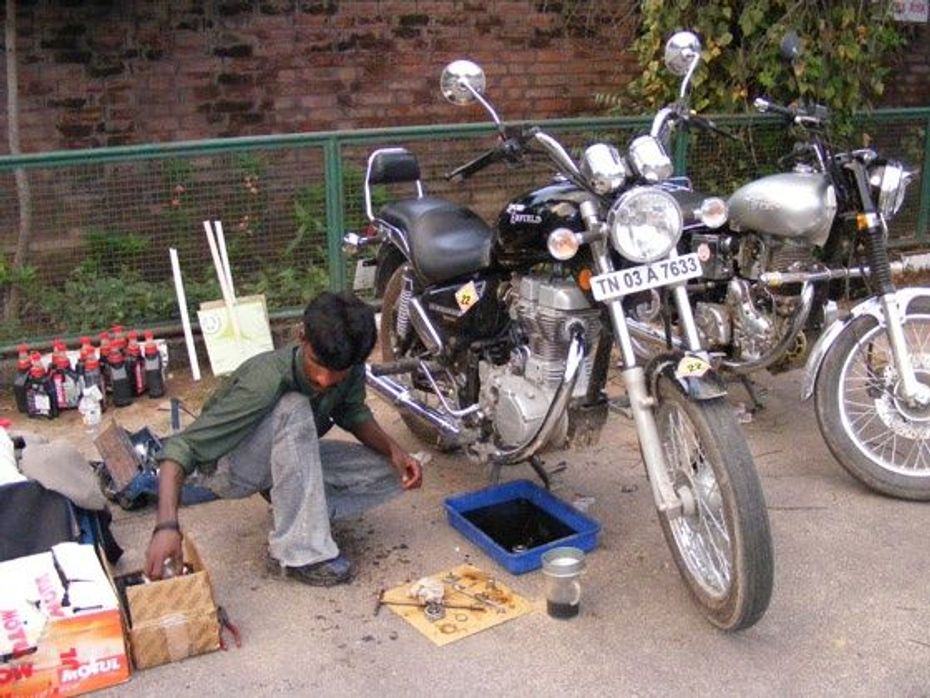
This is probably the first thing you should do before you set off for any long journey on your motorcycle. Get it serviced from your company authorized workshop, paying close attention to parts that are bound to see especially heavy wear on the ride. Top up oil levels, check clutch and brake cables, change brake pads if necessary and make sure that all the electricals are fully functional. Very importantly, tyres should be in good condition, and if the route involves off-roading, then investing in on-and-off road tyres is a good idea.
2). Arrange help beforehand
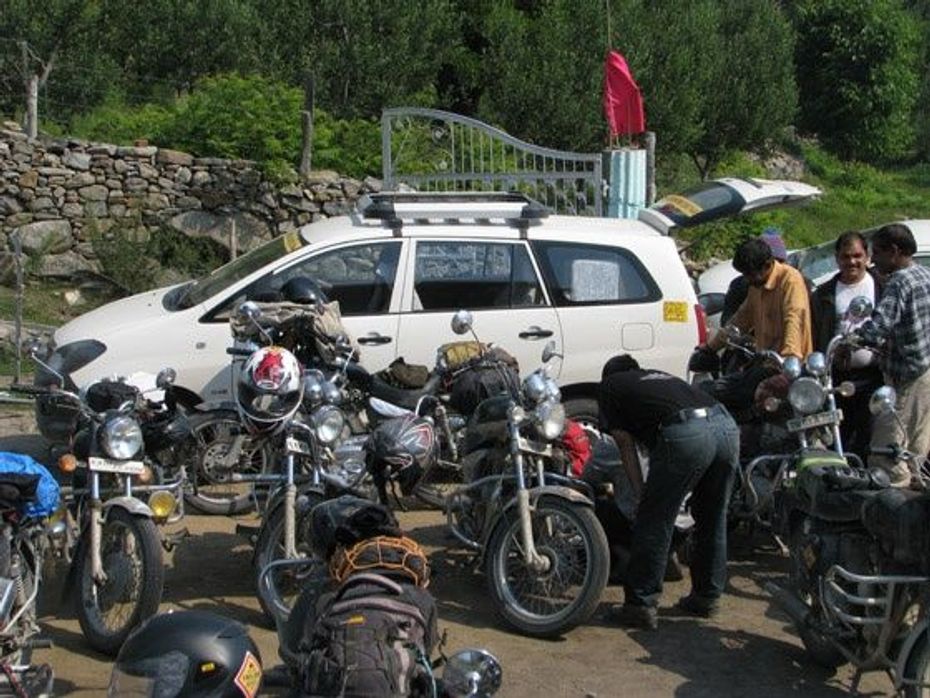
Always follow the principle that 'forewarned is forearmed'. Make sure you have the addresses and phone numbers of authorized service centres in the cities/towns along your route even before you get on the bike. It's also good to have the contact details of some transport service in the areas you'll be passing through, in case of any bike catastrophic failure.
3).Riding kit
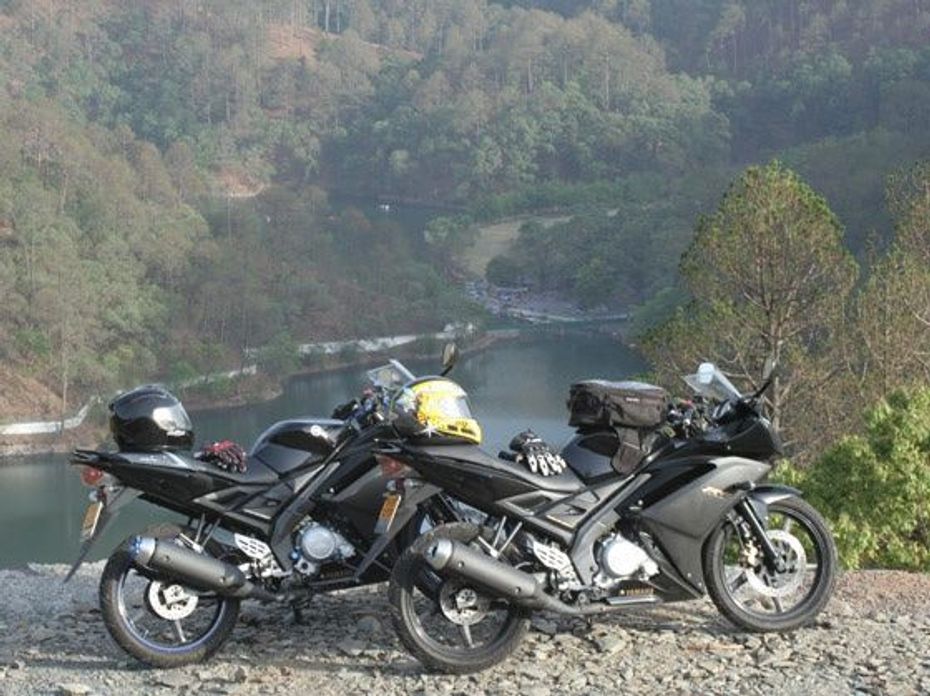
Riding gear saves. Period. A good helmet, armoured riding jacket, armoured gloves, preferably riding pants or knee and shin armour at least and a sturdy pair of motorcycle boots should be the order of the day. These days, riding gear is relatively easily available in the big metros. Your helmet visor should be scratchless and carry a spare visor if possible - preferrably one clear and one tinted. If you expect rain on the journey, have a set of waterproofs handy and ensure that it can be worn over your protective gear.
Most of us love a chilled beer on a hot summer afternoon. But save the booze for when you're done with your day's worth of riding. Alcohol dehydrates your body and reduces concentration, increases reaction time and weakens fine motor skills. Even if you do drink at the end of the day, exercise self-restraint in how much you consume. Starting the next day's ride with a hangover is a bad idea.
4). Water, water, water

Riding for long distances takes a heavy toll on your body, no matter what the weather conditions are. The effects of dehydration can range from a mild headache to serious dizziness and a loss of control because of it. Carry lots of drinking water with you on the bike at all times. Get a CamelBak if you plan to ride long distances.
5). Alcohol, or rather not
Most of us love a chilled beer on a hot summer afternoon. But save the booze for when you're done with your day's worth of riding. Alcohol dehydrates your body and reduces concentration, increases reaction time and weakens fine motor skills. Even if you do drink at the end of the day, exercise self-restraint in how much you consume. Starting the next day's ride with a hangover is a bad idea.
6). Drugs
We're talking about medicines here. If you are on any prescriptions, talk to your doctor before hand and check if any of them can cause drowsiness. If this is the case, ask your doctor to prescribe alternatives.
7). Food
Too little food, and you have little energy to ride. Too much food, and it can make you sleepy. Start off with a good breakfast and then have light meals thoughout the day.
8). Time
Plan out your ride in advance to give yourself a reasonable time frame for completing the journey. Don't try to cover a ridiculous number of kilometers each day because you're in a hurry to reach your destination. Avoid riding all day and into the night so that you can have a good night's sleep before you start riding again the next morning.
9). Speed
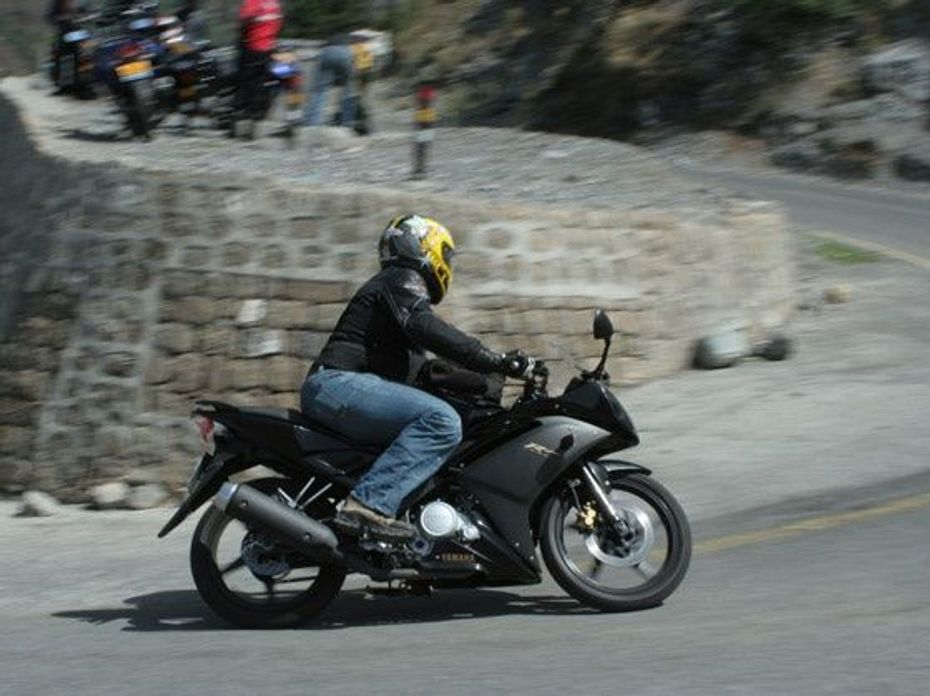
Just because you have a wide open road doesn't mean that you have to go full blast. Firstly this is essential for safety as when you ride way above the speed limit of a given road, you put yourself (and others) at risk. Secondly, the longer you spend with your throttle pinned, the more fuel your bike will guzzle. You might end up spending more time on the road as you'll need more fuel stops. And finally, riding at full throttle leads to a lot of wear and tear on your bike. No need to ride at a snail's pace, just maintain a good steady speed that is the least stressful on your bike and your body.
10). Distance
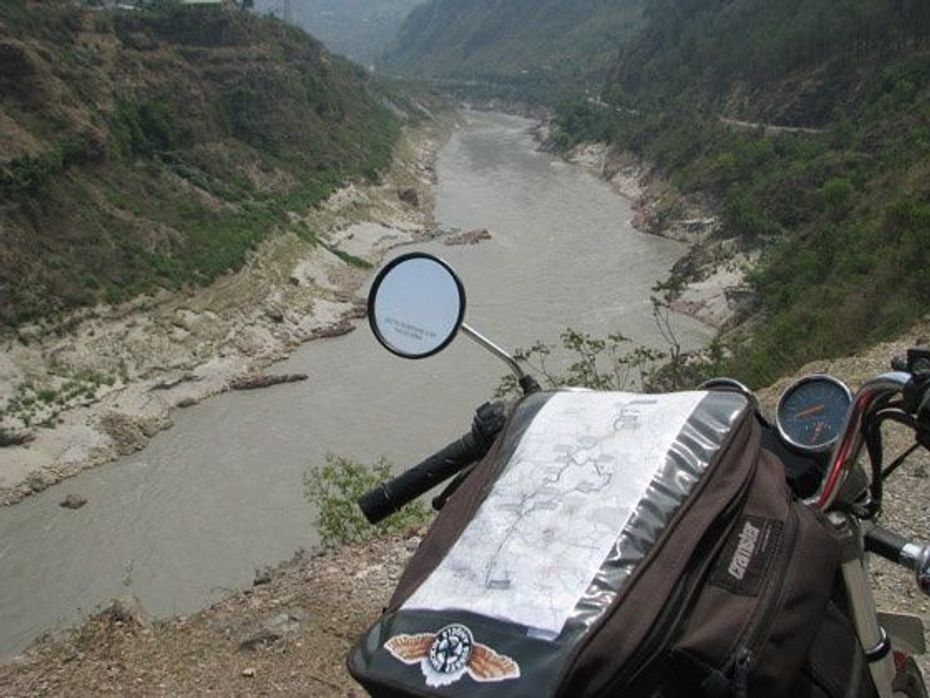
Know and plan the distance for each leg of the journey. Factor in how much distance your bike can cover in a tankful of petrol and the presence of petrol pumps along the route. If pumps are few and far between, carry a jerry can with you. But you won't need extra fuel if you plan your route right. Check on the internet, do your research beforehand and plan your route accordingly. Don't consider reserve capacity of your fuel tank into your distance calculations. This ensures that the reserve fuel is readily available in case of real emergencies.
11). Fatigue management
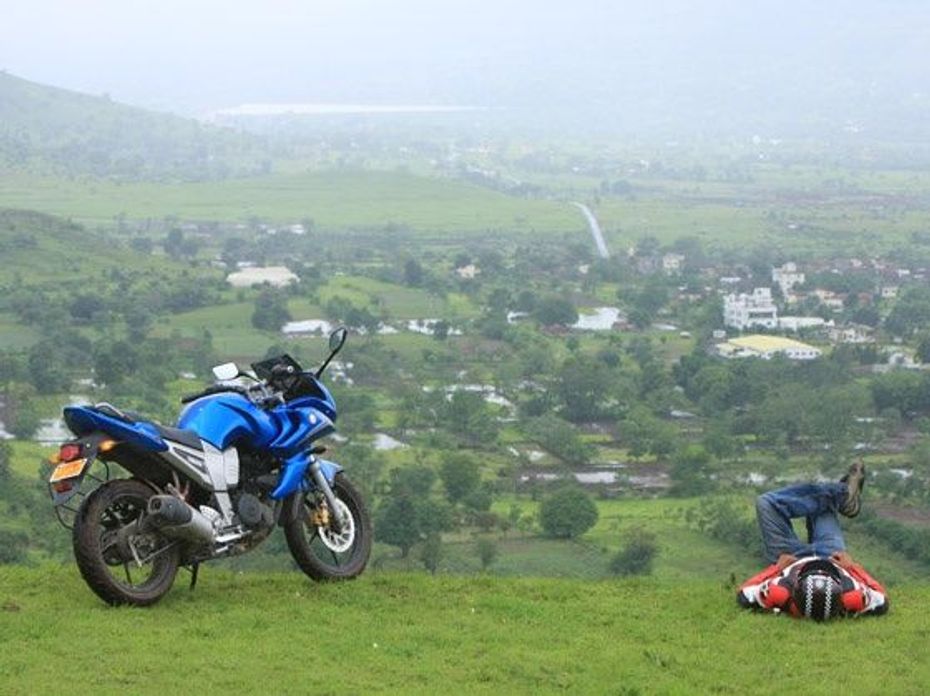
Fatigue management is sort of an amalgamation of a few of the other points mentioned before. It's simple - tired riders will face a higher risk of crashing than fresh ones. Eat light meals during the da, have a good night's sleep at the end of the day's riding and drinking plenty of water throughout the ride. Take a short break every hour or so. If exhaustion still creeps in, pull over at the side of the road and take a 15-20 minute power nap. Follow the simple mantra of 'Stop, Revive, Survive' and you'll be able to get through the most arduous of journeys in one piece, and more importantly, with a big smile of satisfaction on your face.

The 2025 Ather 450 Put Through An Insane Track Attack Challenge...

2025 Ather 450 Incoming: Here’s What It Could Be Capable Of

TVS Apache RTX 300 Adventure Bike Unveiled At Auto Expo 2025

BREAKING: 2025 Honda SP125 Launched In India

2025 Honda Activa 125 Launched In India

2025 Bajaj Pulsar RS200; Launch In Next Few Days

2025 Suzuki Access 125 Launched At Auto Expo 2025

New Bajaj Pulsar Teased; Launch Likely In January 2025

Upcoming 2025 Bajaj Pulsar RS200 Teased Again
India's largest automotive community
 Honda Livo
Rs. 83,080
Honda Livo
Rs. 83,080
 BMW R 1300 GS Adventure
Rs. 22.95 Lakh
BMW R 1300 GS Adventure
Rs. 22.95 Lakh
 BMW S 1000 RR
Rs. 21.10 Lakh
BMW S 1000 RR
Rs. 21.10 Lakh
 Suzuki Gixxer SF 250 Flex Fuel
Rs. 2.16 Lakh
Suzuki Gixxer SF 250 Flex Fuel
Rs. 2.16 Lakh
 Hero XPulse 210
Rs. 1.75 Lakh
Hero XPulse 210
Rs. 1.75 Lakh